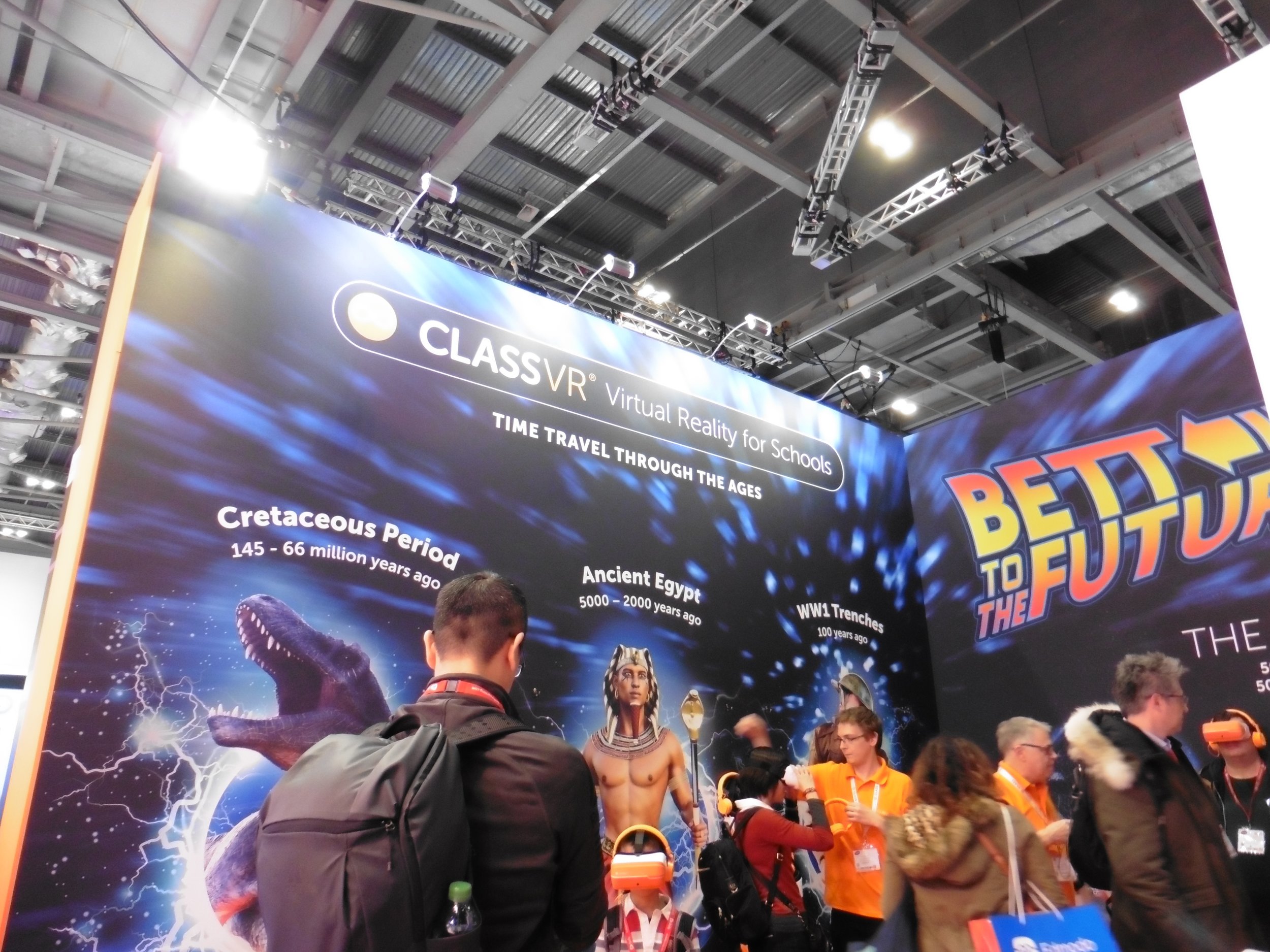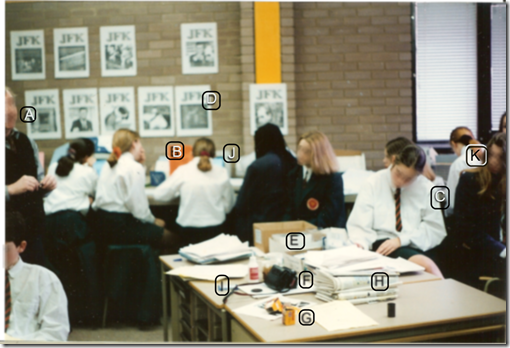News of a new version of this original post featuring websites where you can find high quality pictures that are free to use on your own website or blog. I’ve listed more than 25 resources.
Read MoreFree illustrations for your blog or website
11 websites where you can find free illustrations.
Read MorePictures as stimulii UPDATED
You should encourage your students to always carry a camera of some description with them at all times. And if you are a Head of Department, encourage your staff to do the same.
Read MoreThe ed tech strategy, by Terry Freedman
My summary of the new ed tech strategy
I’ve drawn a picture to illustrate my feelings about the DfE’s ed tech strategy.
Read MoreClass VR Photo by Terry Freedman
Bett 2019: some photos
Here are some of the photos I took at Bett 2019.
Read MoreFormative assessment vs Summative assessment
To some extent, the difference between formative assessment and summative assessment is a matter of context and objectives.
Read MoreThe Heavy Mob: Terry Freedman, Steve Wheeler, Simon Finch. Photo taken by Simon, and modified by Amy Burvall.
Bett 2017 Photos
Bett 2017 photos. Happy memories!
Read More7 images of London
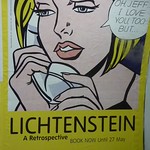 I’ve had the enormous pleasure of having to go into London two days running! “Pleasure?!”, you say. “What? With all those people?” Definitely. In fact, it’s partly ‘all those people’ that make it a pleasure. That, the architecture, the general buzz. I’m definitely with Samuel Johnson on this one:
I’ve had the enormous pleasure of having to go into London two days running! “Pleasure?!”, you say. “What? With all those people?” Definitely. In fact, it’s partly ‘all those people’ that make it a pleasure. That, the architecture, the general buzz. I’m definitely with Samuel Johnson on this one:
Sir, when a man is tired of London, he is tired of life.
Which is partly why I always carry a camera around with me. As I explained in Pictures as stimuli, pictures can act as, erm, stimuli. You should always carry a camera of some sort around you, and so should the kids you teach. Oh wait, yes, many of them probably have mobile phones that can take photos and video. Fantastic!
Pictures as stimulii
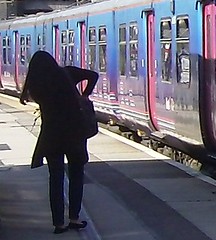 I always carry a camera around with me – as well as my phone. Why? Because you never know when you might see something interesting enough to use as a stimulus for an article. And why both? Because each one gives better results in different lighting conditions. Interestingly, my camera, which boasts a Leica lens, copes less well than my phone in the dark – which is why I used my camera for the night street scenes shown here. I like the slightly out-of-focus effect, and the fact that in one of them the darkness is almost overwhelming. I think if you teach you should encourage your students to always carry a camera of some description with them at all times. And if you are a Head of Department, encourage your staff to do the same. Here are my reasons.
I always carry a camera around with me – as well as my phone. Why? Because you never know when you might see something interesting enough to use as a stimulus for an article. And why both? Because each one gives better results in different lighting conditions. Interestingly, my camera, which boasts a Leica lens, copes less well than my phone in the dark – which is why I used my camera for the night street scenes shown here. I like the slightly out-of-focus effect, and the fact that in one of them the darkness is almost overwhelming. I think if you teach you should encourage your students to always carry a camera of some description with them at all times. And if you are a Head of Department, encourage your staff to do the same. Here are my reasons.
In The Picture: Curriculum Links Challenge
 You could clearly use this picture to inspire some creative writing in English. But could you also use it any of the following contexts? And if so, how?
You could clearly use this picture to inspire some creative writing in English. But could you also use it any of the following contexts? And if so, how?
In The Picture: Stop!
 I quite like this picture of a street near the Barbican, London, at night, mainly because it has that three o'clock in the morning feel to it. All that's missing is a newspaper billowing down the street and the sound of a lone saxophone.
I quite like this picture of a street near the Barbican, London, at night, mainly because it has that three o'clock in the morning feel to it. All that's missing is a newspaper billowing down the street and the sound of a lone saxophone.
In The Picture: Help!
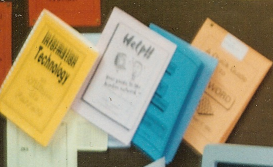 I’m a firm believer in helping youngsters (and colleagues) to become as self-sufficient as possible. As well as being healthy, in my opinion, it is also a requirement of some examination courses.
I’m a firm believer in helping youngsters (and colleagues) to become as self-sufficient as possible. As well as being healthy, in my opinion, it is also a requirement of some examination courses.
In The Picture: The Press Association
What sort of technology might you discover on the premises of a media organisation? The answer is not entirely as obvious as you might think…
In The Picture: Information Underload
In The Picture: History Lesson
Here’s a photo that was taken circa 1990. It shows a history lesson in progress, in one of the computer rooms. This is the sort of lesson I really like. As you can tell from looking at the picture, which was unposed, all the kids are fully engaged. The history teacher can be seen to the left of the photo, almost out of shot – literally a guide on the side. The topic, as you may have gathered, is the assassination of President John F. Kennedy, and the students, who were 14 at the time, were using a variety of sources, both digital and paper.
I’ve annotated the photo with letters. Here’s what they indicate.
A: The history teacher.
B Two girls collaborating on researching a database.
C Girl making notes on her findings, on paper, for use in a presentation later.
D Screenshots from the JFK database showing photos that were taken at the time.
E You can’t see it very well, but that’s a box of printer paper for use in a dot matrix printer. The paper was a ream of pages joined up and perforated, like toilet paper, with sprocket holes down the sides.
F A camera. I used to use cameras in my lessons to capture what went on. Note that this was pre-digital camera days, so the camera took…
G … Film.
H Newspapers, just one of several types of resources we used in the lesson.
I It’s not very clear, but that’s a 3.5” so-called “floppy disk”. That one could hold around 740 kilobytes of data.
J A monitor. It looks very quaint now, but I’d equipped the room with Atari ST computers. Although mainly associated with games, there was a range of office and educational applications available. All the programs shared common menus, which made it very easy to learn new applications – remember, this was around the time of Windows version 1. The monitors were high definition, with black text on a white background, unlike certain other computers at the time. They were fast too.
K As far as I can tell, this is one of only two girls in the entire class who was actually listening to the teacher at the time; well, be fair: they had work to do!
If you think I’ve missed some bits which need explaining, please let me know.And please let me know if you find this sort of thing interesting.


